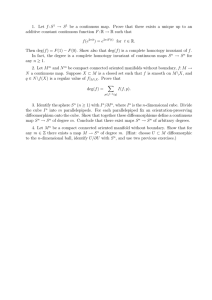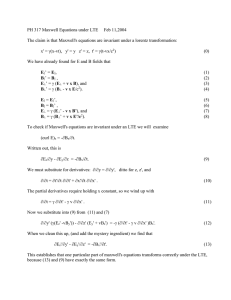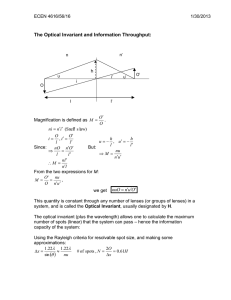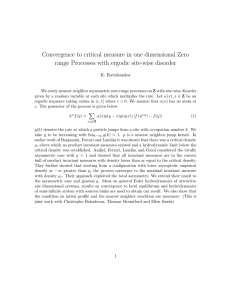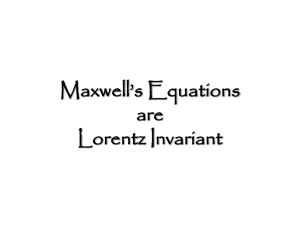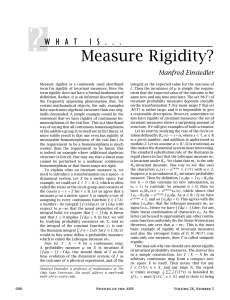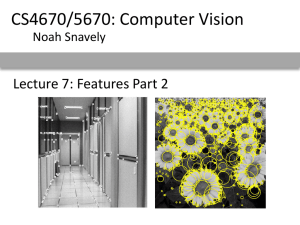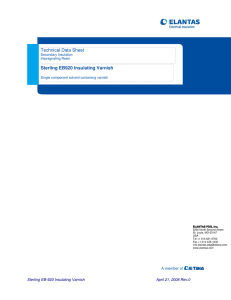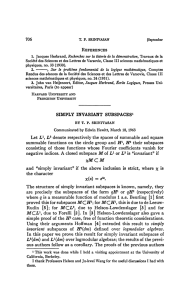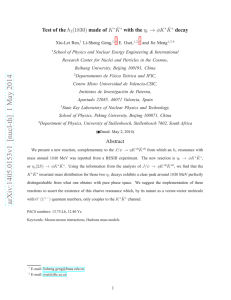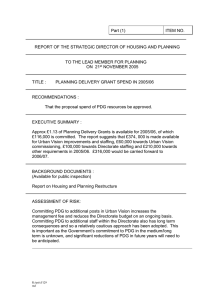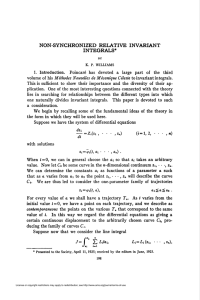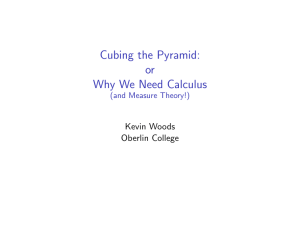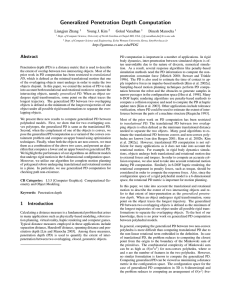P780.02 Homework 2, due 4/30/2003 (WORD)
advertisement
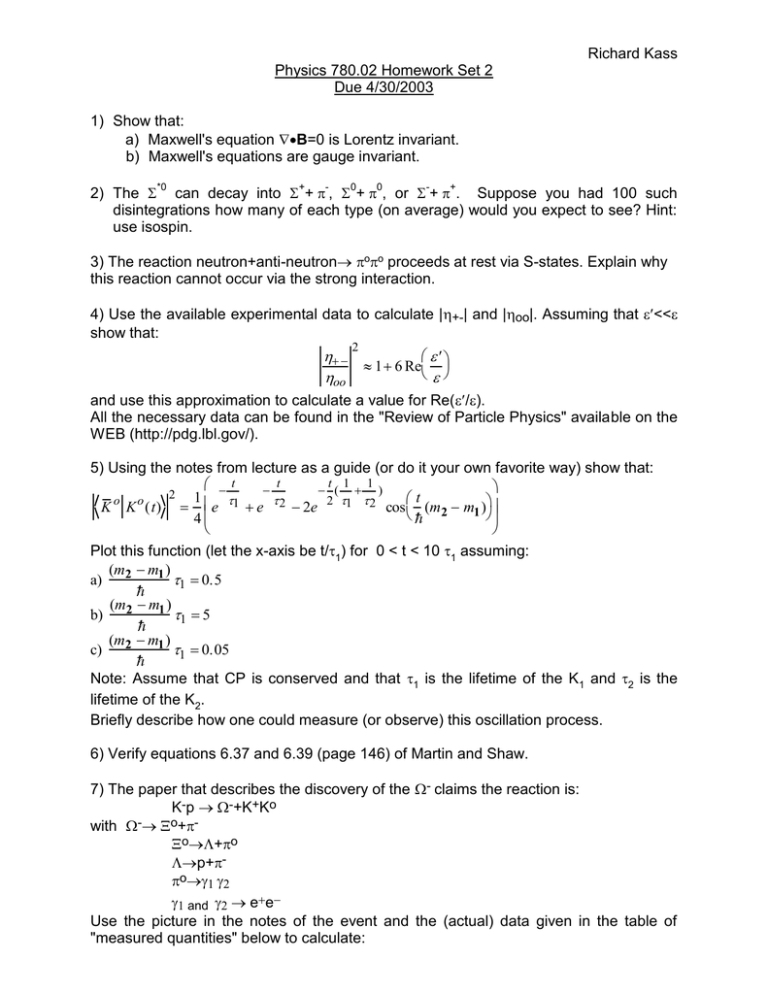
Richard Kass Physics 780.02 Homework Set 2 Due 4/30/2003 1) Show that: a) Maxwell's equation B=0 is Lorentz invariant. b) Maxwell's equations are gauge invariant. 2) The *0 can decay into ++-, 0+0, or -++. Suppose you had 100 such disintegrations how many of each type (on average) would you expect to see? Hint: use isospin. 3) The reaction neutron+anti-neutron oo proceeds at rest via S-states. Explain why this reaction cannot occur via the strong interaction. 4) Use the available experimental data to calculate |+-| and |oo|. Assuming that << show that: 2 1 6 Re oo and use this approximation to calculate a value for Re(/). All the necessary data can be found in the "Review of Particle Physics" available on the WEB (http://pdg.lbl.gov/). 5) Using the notes from lecture as a guide (or do it your own favorite way) show that: t t 1 1 t ( ) 2 1 t o o 2 1 2 1 2 K K (t) e e 2e cos (m2 m1 ) 4 Plot this function (let the x-axis be t/1) for 0 < t < 10 1 assuming: (m2 m1 ) a) 1 0.5 b) (m2 m1 ) 1 5 c) (m2 m1 ) 1 0.05 Note: Assume that CP is conserved and that 1 is the lifetime of the K1 and 2 is the lifetime of the K2. Briefly describe how one could measure (or observe) this oscillation process. 6) Verify equations 6.37 and 6.39 (page 146) of Martin and Shaw. 7) The paper that describes the discovery of the - claims the reaction is: K-p -+K+Ko o with +o+o p+o and ee Use the picture in the notes of the event and the (actual) data given in the table of "measured quantities" below to calculate: a) the "mass" (actually, the invariant mass of the p combination) of the b) the "mass" of the o c) the "mass" of the o d) the "mass" of the -. For each case how close (in MeV) does the calculation come to the accepted mass value (i.e. the PDG value)? Measured Quantities Track Azimuth (deg.) Dip (deg.) Momentum (MeV/c) 1 4.2 1.1 4890 2 6.9 3.3 501 3 14.5 -1.5 unmeasured 4 79.5 -2.7 281 5 344.5 -12.0 256 6 9.6 -2.5 1500 7 357 3.9 82 8 63.3 -2.4 177 Note: this is the usual spherical coordinate system with =900-Dip.
